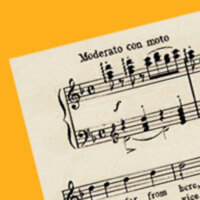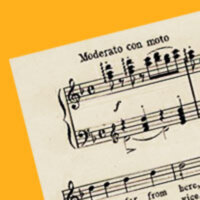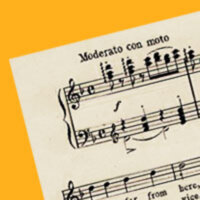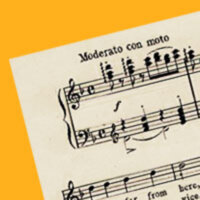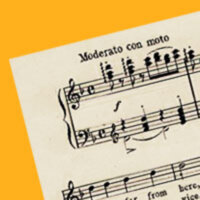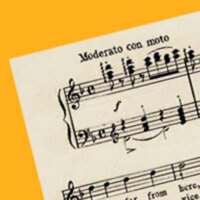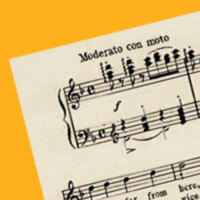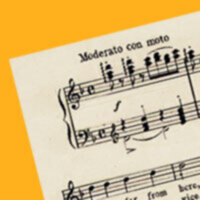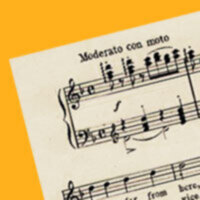Browse Items (42 total)
- Collection: Music
Sort by:
La gran marcha
This song may be used to discuss the treatment of indigenous peoples, their history of resistance, and the relationship between the academy and Indian communities.
Sensemayá
This song may be used in conjunction with the eponymous poem by Nicolás Guillén to show the ways that indigenous people and people of African descent became visible in "high" cultural representations throughout Latin America.
Somos más americanos
This song may be used to introduce students to an eloquent historic-cultural argument criticizing anti-immigrant sentiments in the United States.
Adelita
This song may be used to introduce students to the image of the soldadera and Adelita during the Mexican Revolution.
Tags: genre: corrido, Mexican Revolution, Mexico
Dixie
Officially written by a Northerner, this song was rewritten by Southerners and Northerners to support varied agendas. “Dixie” is symbolic of the Lost Cause of the Old South and Southern resistance to the Civil Rights Movement.
Strange Fruit
“Strange Fruit” describes the picturesque agricultural landscape of the South and contrasts this beauty and bounty with the horrific violence - lynchings in particular - that occurred in that setting.
Tags: lynching, racism, U.S. South
El pueblo unido jamás será vencido
This song could be used to introduce students to the 1973 Chilean coup d'état, the removal of a socialist president, Salvador Allende, and the installment of a U.S. backed military junta government led by General Augusto Pinochet. The name of the…
El Padre Antonio y el Monaguillo Andrés
The song describes the assassination of a popular village priest and altar boy, indirectly referencing the assassination of Bishop Óscar Arnulfo Romero, major figurehead of Liberation Theology. Romero's preaching of liberation theology sought to…
